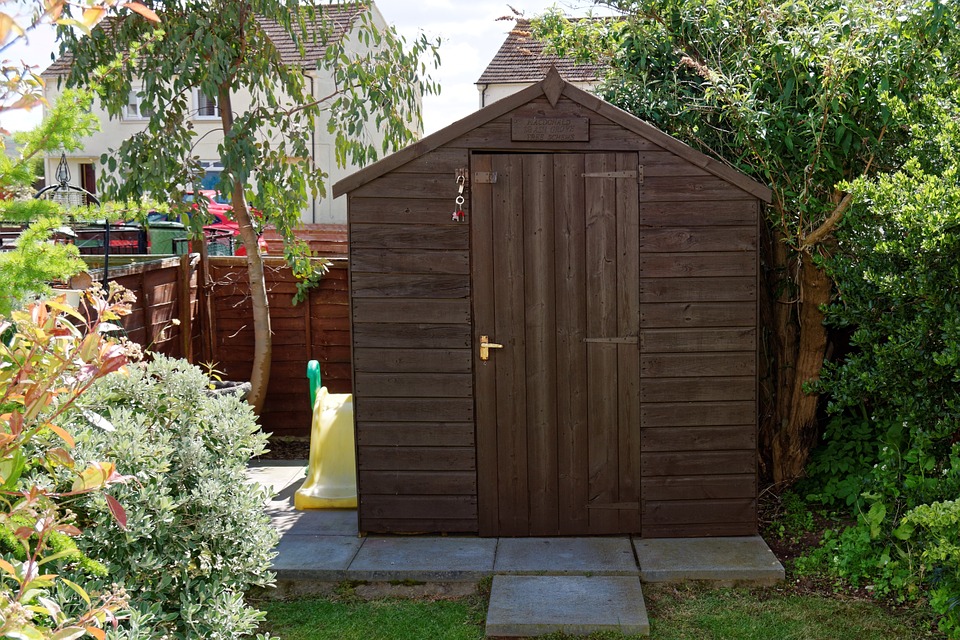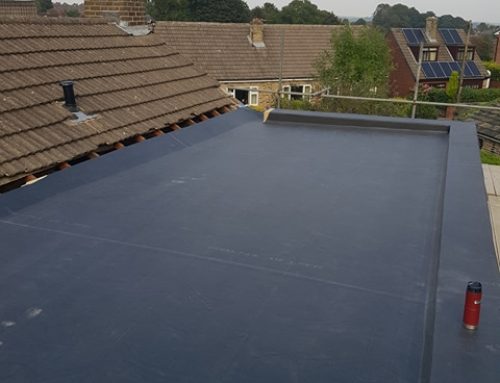As autumn approaches, we know the colder months won’t be far away. Therefore, it makes sense to make the last few checks to your shed roof while there’s still some mild weekends left. It is time to see if there are any repairs to do to the shed roof before the frosts start.
If you can look down on your shed from above, such as from an upstairs window, it will be easy to spot any obvious signs of damage. It is also a good idea to survey the roof from the inside too, to see if there are any wet, damp or mouldy patches.
What sort of damage can occur to shed roof coverings?
In the heat, traditional shed roofing such as felt reaches temperatures that encourage degradation of the material. This degradation looks like bubbles on the surface of felt or tar paper. When the temperatures drop, these bubbles, which are much thinner than the rest of the covering, develop cracks and holes, which then allow water to penetrate beneath.
During the winter frosts, ice and snow, these vulnerabilities in the roof covering are exacerbated, and water that has seeped through then begins to damage the roof deck itself. If left to penetrate further over the winter and the spring seasons, then it is often ‘game over’ for the roof of the shed by the time the summer is here again. It is often not cost-effective to replace a timber deck on a shed, and many homeowners end up buying a new one. This of course, will be in addition to replacing the garden items stored in the shed over the winter, which will be ruined.
You can help to avoid this damage by making sure the existing shed roof is in good condition before the ice and snow arrive. Look out for bubbles, cracks and tears in the shed roof. These should be repaired quickly. Check inside the shed too, to see if there are any signs that water may be present in the roofing.
What to do if the roof needs repair or replacing?
If you spot any issues with your current roof covering, it will be important to get it repaired as quickly as you can. You may also consider a replacement roof if the repair work is extensive. If you’re thinking of a replacement shed roof, EPDM rubber roof membranes offer the best chance of reliability and cost vs. value.
EPDM membrane will also give longevity to your roofing, as it is expected to last for over 50 years. Once installed, EPDM is tough and durable, and it is very likely that it will be the last time you need to have it installed on the shed roof. It will probably outlast the shed.
Get in touch with us at Permaroof Wakefield to book a free survey of your shed roof today and let’s get it reliably watertight for the long term.


